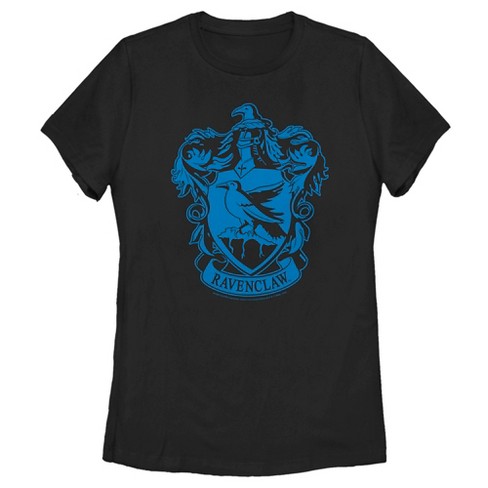
Harry Potter House of Ravenclaw Crest & Characteristics Clever Creative Intelligent Wise Juniors Black Tee T-Shirt Shirt-Small - Walmart.com

Manga-Mafia.de - Harry Potter - Ravenclaw - T-Shirt - Your Anime and Manga Online Shop for Manga, Merchandise and more.

Ravenclaw Qualities Ladies or Mens T Shirt, Harry Potter, Hogwarts, Ravenclaw House, Nerd Girl Tees, Geek Chic, T-Shirt | Geek chic, Girls tees, Mens tshirts






















